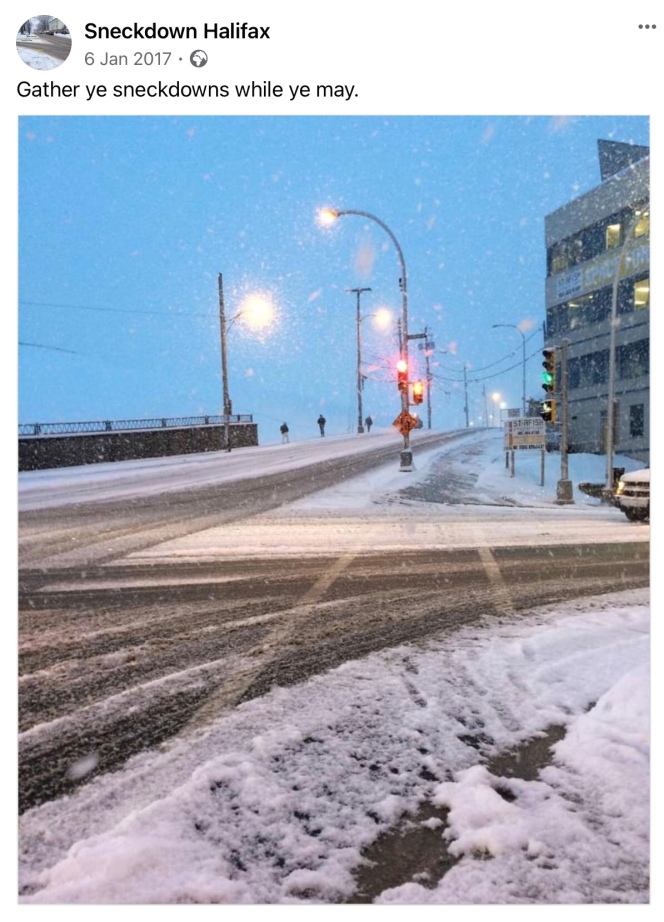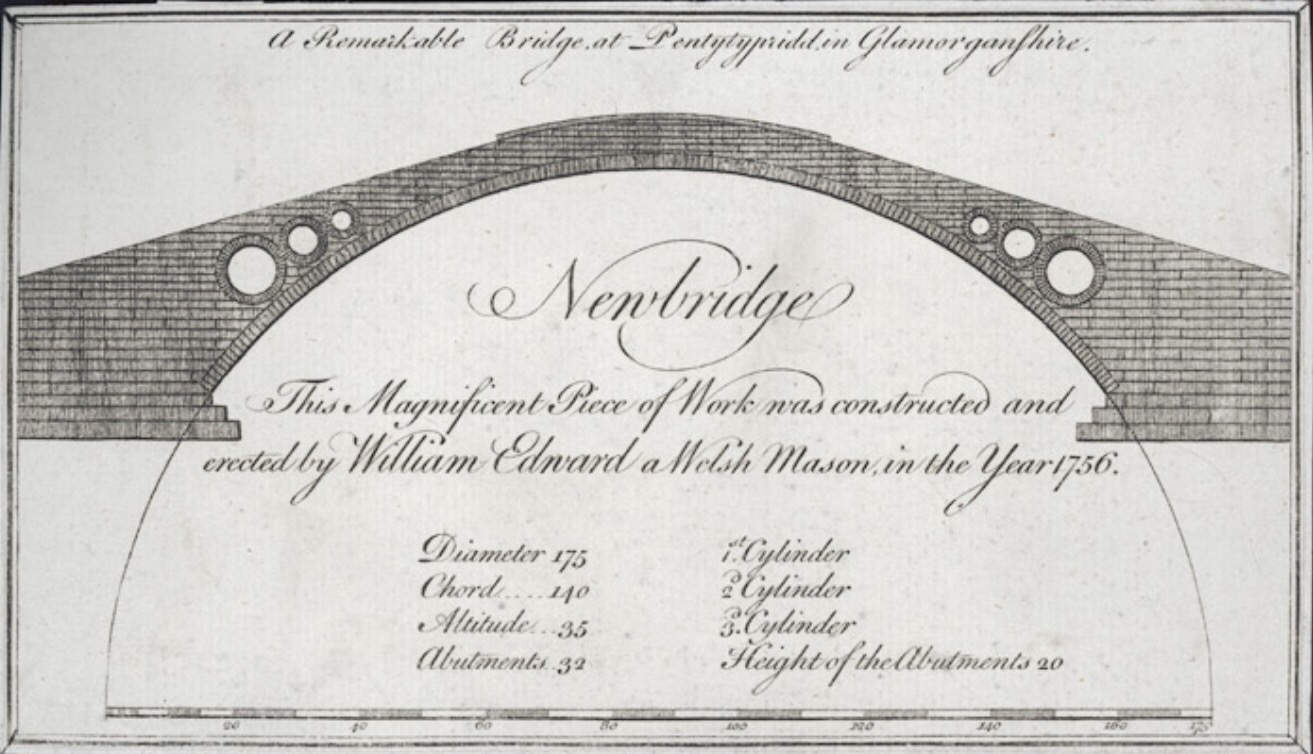
Desire Paths, and then some… You’ve probably heard of Desire Paths, the darling/nemesis of Urban Planners. The informal, beaten earth, muddy paths that pedestrians (people) create because they work for them. They are where the locals (people on the ground) have chosen to walk. Typically in different places to where the Architects, Engineers and Planners have decided people ‘should’ walk, and constructed the formal the paved paths.
Desire Paths are a bit of a thing for me. Ages ago I joined the Reddit community, where we share photos of Desire Paths, and wrote this blog post about the importance of User Centered Design. In a conversation that followed, a Finnish friend told me how they go one step better. Apparently it’s common practice in Finland for developers to construct the final paths around developments after the snow has melted. The Desire Paths that people created during the snow act as the template – nice!
So, you can imagine my excitement to see this happening on a grand scale. Imagine the opportunity to do user centred design on traffic management to improve safety for pedestrians and cyclists. Imagine it happening as a low cost safe to fail activity that gives you good data to make better decisions… Hello Sneckdowns.
Just to explain the origin/meaning of Sneckdown:
- Neckdown. A phrase used to describe the narrowing of a road / highway where the curb has been extended into the road. This creates a narrowing or ‘neck’ that serves a number of purposes. These include helping people to cross the road more safely and / or it slows down the traffic. If that’s got you interested have a look at this Urban Street Design Guide from the National Association of City Transportation Officials.
- Snow. You all know about snow. The important point is that after it’s fallen it literally acts like a ‘whiteboard’. Whatever moves across it leaves an imprint. Vehicles and people leave their mark of where they have travelled, like tracing paper. I’m sure you get the picture. This shows you how things actually work on the ground, like Desire Paths.
- Snow + Neckdown = Sneckdown. This is brilliant lateral thinking in my view. If you look at the Sneckdowns it gives you a good idea of where neckdowns could ‘naturally’ be placed once the snow has melted.
Have a look at this video from Clarence Eckerson Jr, Director of Streetfilms that explains the concept of Sneckdowns perfectly. Its also worth a look at the Streetfilms site (here) for other examples of cyclist and pedestrian friendly street design.
Experimentation and User Centered Design. You might have gathered I’m a bit enthusiastic about what’s going on with Sneckdowns. I’m struggling to express that clearly at the moment, but here are a few of the things that are rattling around in my head:
- ‘Safe to Fail’ Experimentation. This has to be up there with the best examples of low cost, safe to fail experimentation. Have a look at this BBC article, Sneckdown: Using snow to design safer streets for some lovely quotes from Clarence Eckerson Jr. “It’s free. You don’t have to do a crazy expensive traffic calming study. It provides a visual cue into how people behave in transportation,” and others.
- User Centered Design. Nothing much to say on this… although the vehicle based transport lobby might have a viewpoint?
- Never Waste a Crisis. In the UK we tend to go into a panic whenever it snows heavily. I’m wondering if we should look upon snow as a ‘sustainable transport opportunity’. Using the advice from Dave Snowden, “In a crisis, you should always deploy an innovation team alongside the business recovery teams…to capture the novel practice” maybe people like Sustrans (UK Sustainable Transport Organisation) could deploy #SneckdownSquads? It looks like the clever Canadians have already done this and there’s a brilliant site on Facebook and Twitter called Sneckdown Halifax @sneckdownhfx. Thanks very much to Ben Wedge for letting me use some of his images. I particularly enjoy “Gather ye sneckdowns while ye may”, which is at the end of this post.
- But, what if you don’t have snow? A very good point. What I can say is that people are creative, and it looks like some are using the Autumn leaf fall to look at the neckdown patterns they create. Of course, it’s developed #sleafdown as a description. There is also a claim (here) that in the 1980’s some Australian planners used cake flour to observe traffic movements at an intersection. I so want that to be true, if you know anything, please let me know.
So, What’s the PONT?
- No matter how carefully designed, people will always find a ‘better’ way to do something. It’s a good idea to involve them in the first place.
- Like Desire Paths, Sneckdowns offer the opportunity to combine user experience and safe to fail experimentation to get outcomes that work for everyone.
- Never waste a crisis. After the ‘snow has melted’ the opportunity to see what novel practice people create will have gone. The chance will have been missed, so deploy a #sneckdownsquad.
Finally – you might have noticed some common ground between sneckdowns and the principles of co-production. Here’s a useful quick tip on ‘What is Co-production’.


Leave a comment